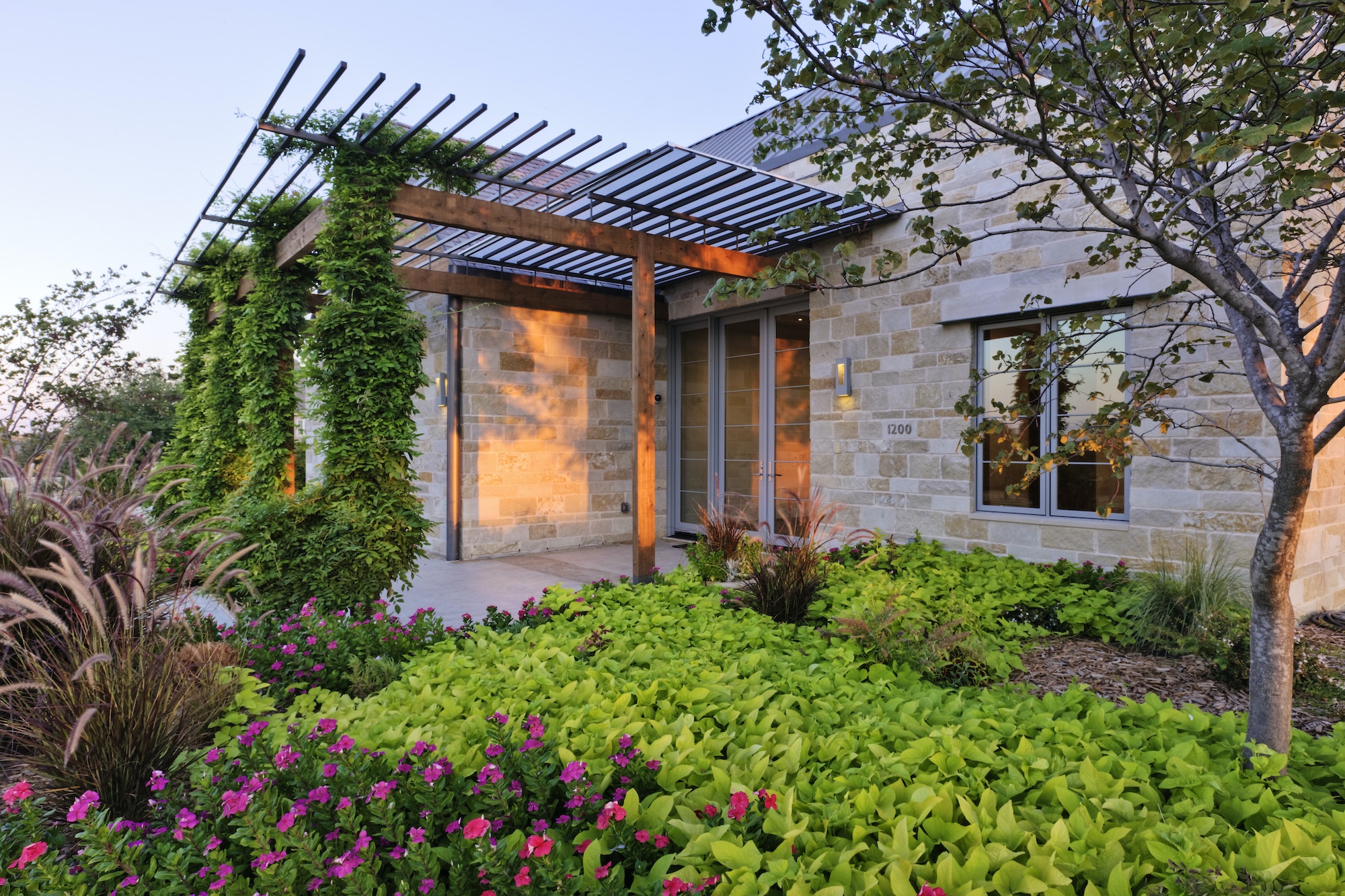Embrace Sustainability with Innovative and Sustainable Roof Design Solutions
"*" indicates required fields
Introduction
The need for sustainable practices has become increasingly evident in today’s rapidly evolving world. From reducing carbon footprints to conserving natural resources, every aspect of our lives can contribute to a greener and more sustainable future. One area that holds tremendous potential for sustainability is roof design. By adopting innovative solutions and embracing sustainable roof design, we can reduce environmental impact and create aesthetically pleasing and functional spaces. This article explores the concept of sustainable roof design and highlights various innovative solutions that can be employed to promote sustainability in the construction industry.
1. Understanding Sustainable Roof Design
Sustainable roof design refers to the practice of creating roofs that minimize environmental impact, enhance energy efficiency, and contribute to the overall well-being of both the occupants and the planet. It involves utilizing eco-friendly materials, implementing energy-efficient technologies, and incorporating designs that optimize natural resources.
2. The Benefits of Sustainable Roof Design
2.1 Environmental Benefits
By incorporating sustainable roof design practices, we can significantly reduce the environmental impact of buildings. One key benefit is the reduction of energy consumption. Through proper insulation, cool roof systems, and green roof installations, buildings can reduce their reliance on mechanical heating and cooling systems, thereby reducing greenhouse gas emissions. Additionally, sustainable roofs can help mitigate the urban heat island effect by reflecting solar radiation and decreasing ambient temperatures.
2.2 Economic Benefits
A sustainable roof design can result in substantial cost savings over the long term. Energy-efficient roofs reduce heating and cooling expenses, leading to lower utility bills. Furthermore, the implementation of green roofs can enhance the lifespan of the roof membrane, reducing the need for frequent replacements and maintenance. These cost-saving measures make sustainable roof design a financially viable option for both residential and commercial buildings.
2.3 Health and Well-being Benefits
Roofs that embrace sustainable design principles also contribute to the well-being of occupants. Green roofs, for example, offer numerous health benefits by improving air quality, reducing noise pollution, and providing recreational spaces. Additionally, the incorporation of natural light through innovative skylights or solar tubes promotes a healthier indoor environment, enhancing productivity and overall satisfaction.
3. Innovative Solutions for Sustainable Roof Design
3.1 Green Roofs
Green roofs, also known as living roofs or vegetative roofs, are becoming increasingly popular in sustainable roof design. These roofs are covered with vegetation, which helps regulate temperature, reduce stormwater runoff, and improve air quality. Green roofs also provide insulation, reducing energy consumption for heating and cooling.
3.2 Cool Roofs
Compared to conventional roofs, cool roofs are made to reflect more sunlight and hold onto less heat. By utilizing reflective materials or coatings, cool roofs can reduce the need for air conditioning, lower energy consumption, and decrease urban heat island effects. This innovative solution contributes to a more comfortable environment and reduces the strain on cooling systems.
3.3 Solar Roof Systems
Solar roof systems integrate photovoltaic (PV) technology into the roof structure, harnessing solar energy to generate electricity. These systems offer a sustainable and renewable energy source, reducing reliance on traditional energy grids and lowering carbon emissions. Solar roof systems can be incorporated into various roof designs, making them a versatile and eco-friendly solution.
3.4 Rainwater Harvesting Systems
Rainwater harvesting systems are gaining popularity in sustainable roof design due to their water conservation benefits. These systems collect and store rainwater for later use, reducing the demand for municipal water supplies. Harvested rainwater can be used for irrigation, toilet flushing, or even as a potable water source with proper filtration systems. This approach contributes to water conservation efforts and reduces the strain on existing water resources.
4. Implementation Challenges and Solutions
While sustainable roof design offers numerous benefits, there are challenges to overcome during implementation. Some common obstacles include initial costs, lack of awareness, and limited technical expertise. However, these challenges can be addressed with proper planning, incentives, and education. Governments can provide financial incentives or tax benefits to encourage sustainable roof design adoption. Additionally, promoting awareness through educational campaigns and professional training programs can equip architects, engineers, and construction professionals with the necessary skills and knowledge to implement sustainable roof designs effectively.
Conclusion
Embracing sustainability through innovative roof design solutions is crucial to a greener and more sustainable future. By adopting practices such as green roofs, cool roofs, solar roof systems, and rainwater harvesting systems, we can reduce energy consumption, mitigate environmental impact, and enhance the overall well-being of occupants. The benefits of sustainable roof design extend beyond the individual building level, contributing to broader environmental and societal goals. As we continue to strive for a sustainable world, let us recognize the significance of innovative roof design and its potential to shape a brighter future for generations to come.
Visit our website 180remodel.com to learn more.
"*" indicates required fields







